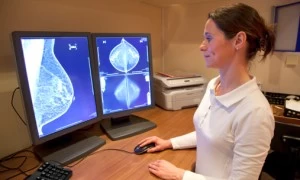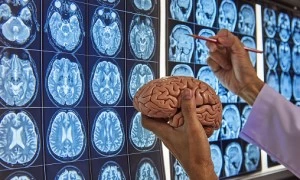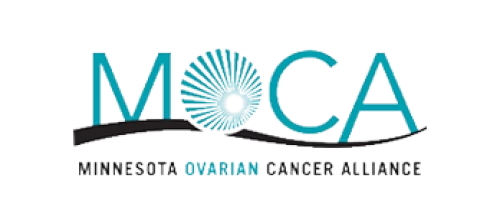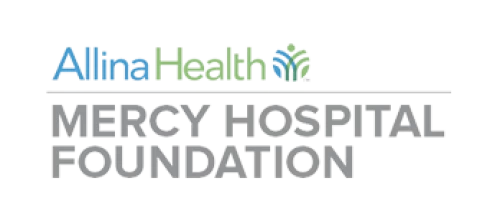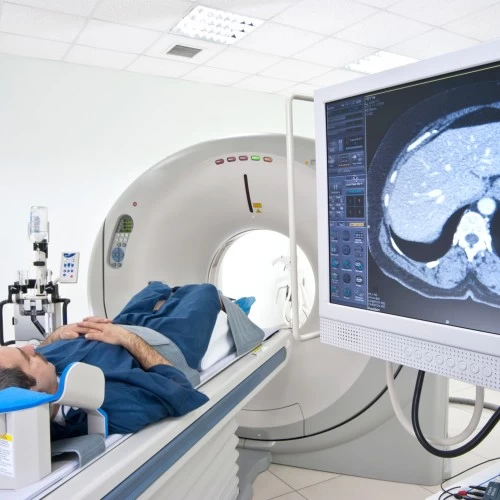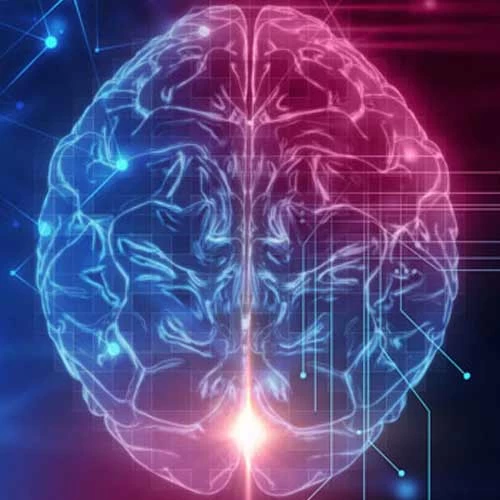
Aneurysm Treatment: Exploring Intervention Methods
When an aneurysm ruptures, it can lead to a subarachnoid hemorrhage, a critical medical emergency with potentially devastating consequences. However, with advancements in medical interventions, there are treatment options available to manage aneurysms effectively. Understanding the implications of a ruptured aneurysm and the various treatment methods can empower patients and healthcare professionals alike in making informed decisions regarding the most suitable approach for each individual.
The Impact of a Ruptured Aneurysm
A ruptured aneurysm results in bleeding into the spaces surrounding the brain, causing a severe headache often described as "the worst headache of my life!" Additionally, symptoms such as nausea, vomiting, lethargy, and loss of consciousness may occur. A subarachnoid hemorrhage requires immediate medical attention, as the risk of mortality is high. Unfortunately, a significant number of patients die before reaching the hospital, and those who survive face challenges with dependence on others for daily activities.
Treatment Challenges and Intensive Care
Patients who experience a subarachnoid hemorrhage may require an extended stay in the intensive care unit (ICU). Blood present in the subarachnoid space can lead to complications, such as hydrocephalus, which causes swelling of the fluid spaces in the brain. In some cases, a drainage tube may be necessary to relieve pressure. As the blood breaks down over time, it can irritate the blood vessels, resulting in vasospasm—narrowing of the blood vessels that may lead to decreased blood flow and potential stroke. Medications, increasing blood pressure, or more aggressive interventions, like injecting medications into the blood vessels or using a balloon to open them, may be required to manage vasospasm.
Treatment Options
Not all aneurysms require immediate treatment, and your physican may recommend careful observation. However, aneurysms that require treatment can be addressed through two primary approaches: surgical intervention and endovascular procedures.
Surgical Treatment
Traditional "open clipping" is a surgical procedure performed by a neurosurgeon. It involves opening the skull to access the aneurysm and placing a clip across the neck of the aneurysm, preventing blood flow and reducing the risk of rupture. Patients undergoing open clipping typically spend a few nights in the ICU and gradually resume light activity before being discharged.
Endovascular Treatment
Endovascular procedures are minimally invasive techniques performed by Neurointerventional Surgeons with specialized training. These procedures can involve different approaches, including coiling, stent-assisted coiling, and flow diverters.
Coiling: This procedure involves inserting a catheter into the blood vessels, guiding it to the aneurysm site, and placing platinum coils within the aneurysm. The coils create a mesh-like structure that prevents blood flow into the aneurysm, reducing the risk of rupture. Most patients undergoing coiling spend a night in the hospital and then return home with minimal activity restrictions.
Stent-Assisted Coiling: In some cases, a stent may be permanently placed in the blood vessel adjacent to the aneurysm during the coiling procedure. The stent acts as a supportive scaffold, keeping the coils within the aneurysm sac.
Flow Diverters: These are innovative devices designed to redirect blood flow away from the aneurysm and exclude it from the normal circulation. These devices remodel the parent vessel and serve as flexible scaffolding, gradually eliminating the aneurysm by reducing blood flow and promoting thrombosis. Flow diverters offer an alternative treatment option for certain aneurysms, and their effectiveness has been observed in recent studies.
Advancements in minimally invasive aneurysm treatment have provided patients with options beyond traditional open surgery. Surgical intervention and endovascular procedures, such as coiling, stent-assisted coiling, and flow diverters, offer effective approaches to managing aneurysms and reducing the risk of rupture. Each treatment method has its merits and considerations, and healthcare professionals work closely with patients to determine the most appropriate course of action based on individual factors. By understanding these treatment options, individuals can make informed decisions and receive optimal care, leading to improved outcomes and a higher quality of life after an aneurysm.





























